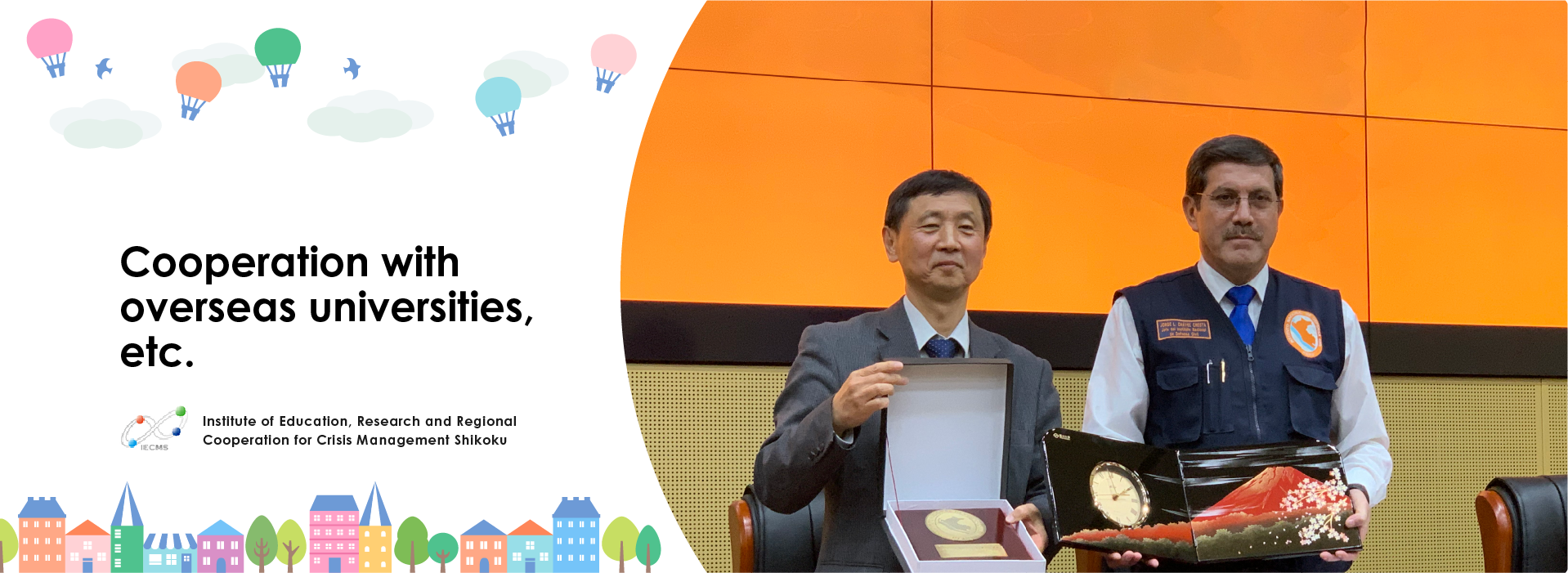
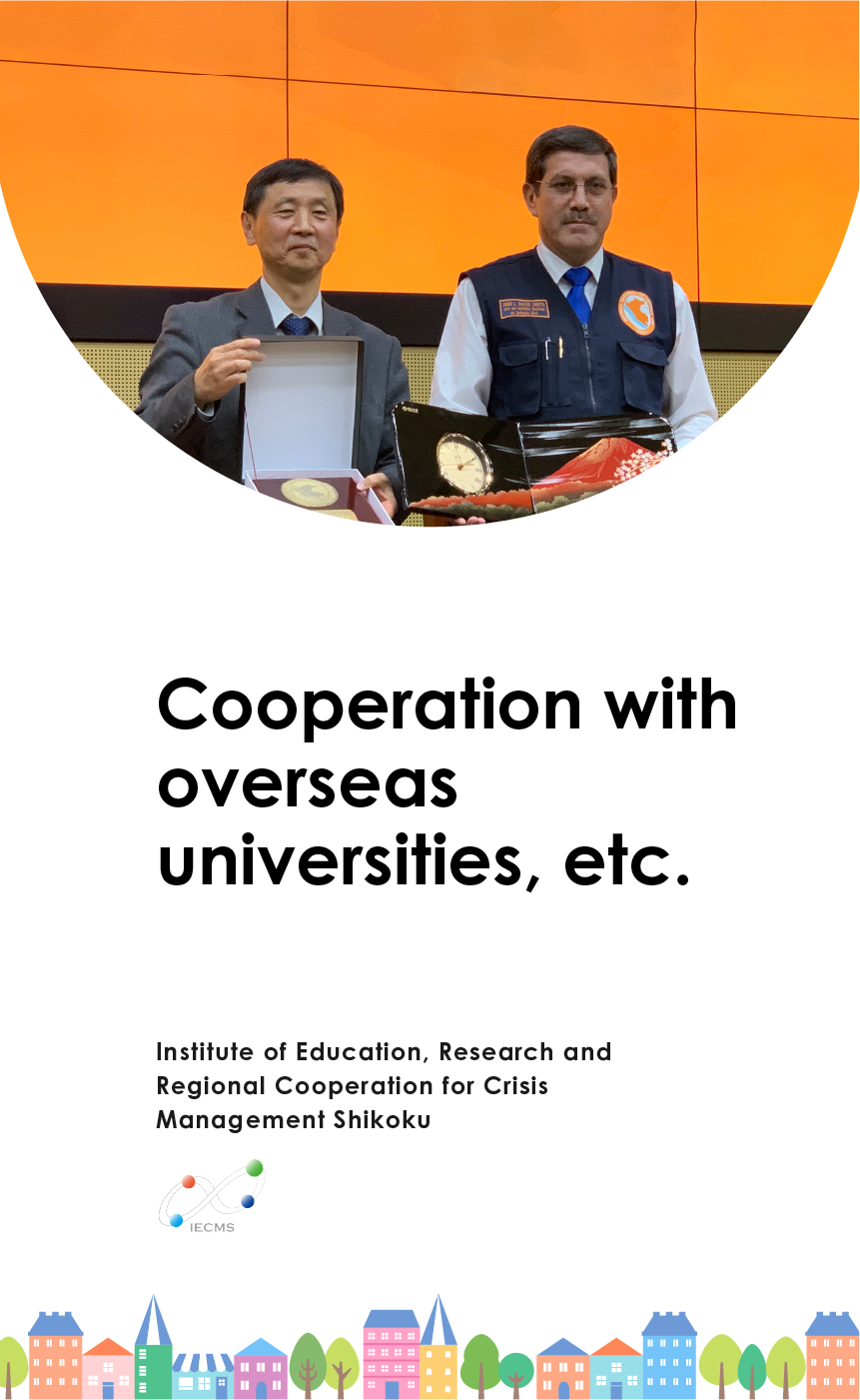



Conclusion of MOUs (MOAs)
IECMS has been working to strengthen its international hub functions by promoting collaboration with overseas universities and public institutions. The universities and public institutions with which IECMS has concluded MOUs (MOAs)* are listed below.
*MOU: Memorandum of Understanding *MOA: Memorandum of Agreement
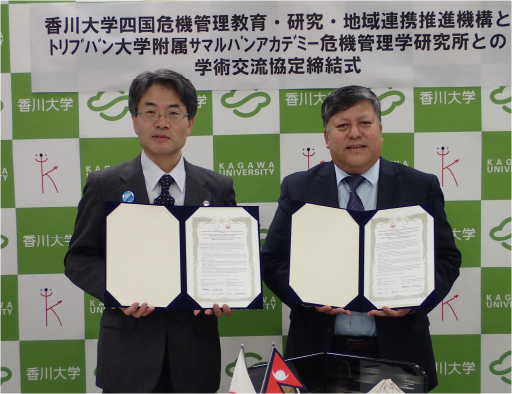
MOU signing ceremony with Tribhuvan University
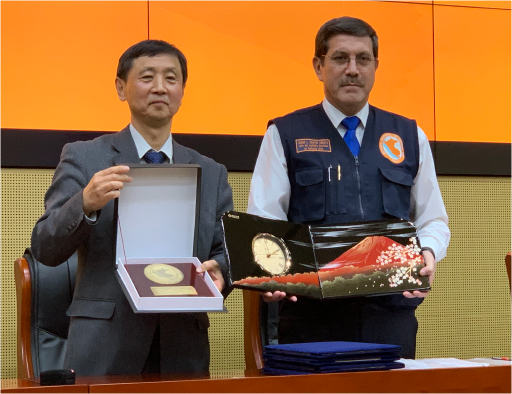
MOU signing ceremony with INDECI, Peru
In addition, through the academic exchange in the field of disaster prevention and mitigation, we have been focusing on fostering resilience science leaders who can be active overseas.
Furthermore, every year in conjunction with international symposiums, we organize the Consortium of Disaster Mitigation Science (CoDMiS) to share information and exchange opinions on disaster management & mitigation research and measures with experts from various countries in the field to further strengthen research collaboration.
Sakura Science, JICA (Cooperation with Asian region)
Our organization actively accepts training programs for overseas trainees.
Acceptance of trainees through JICA
As a project commissioned by JICA Shikoku, we conducted a disaster prevention training program for young administrative officials from Pakistan.
The aims of the training are as follows.
| 1 | "Disaster literacy" to acquire basic disaster prevention knowledge: Attend volunteer disaster prevention courses, etc., and take courses on first aid conducted by fire departments. |
|---|---|
| 2 | "Disaster prevention competency" to prepare for unexpected responses: Experience unexpected situations reproduced by a 3D disaster prevention education and training simulator developed by Kagawa University to improve crisis response skills. |
| 3 | "Practical experience" to understand the contents of disaster prevention activities in the community: Participate in disaster prevention activities on and off campus as volunteers with the Kagawa University Student Disaster Prevention Leaders Club. |
In addition, the trainees have the opportunity to interact with students in Kagawa University's Next Program, to attend lectures by Crisis Management Organization faculty members, and to participate in training at the Kagawa Prefecture Disaster Prevention Center, Takamatsu City Fire Department, Shikoku Regional Development Bureau, local companies, community councils, and elementary schools that will serve as evacuation centers.
The trainees made many suggestions on how to apply the knowledge they gained to the main duties in their own country. They also clarified the differences in disaster prevention contexts between Japan and Pakistan, where the emphasis is on preventive measures in Japan and on post-disaster response in Pakistan.
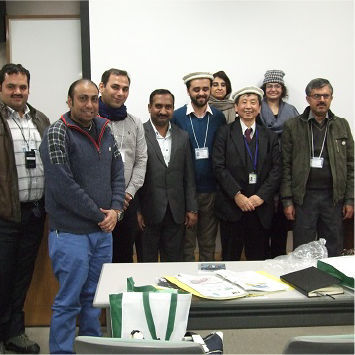
Lecture by Crisis Management Organization faculty
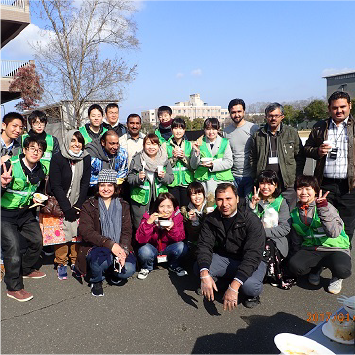
Cookout training with student disaster prevention leaders Organization faculty
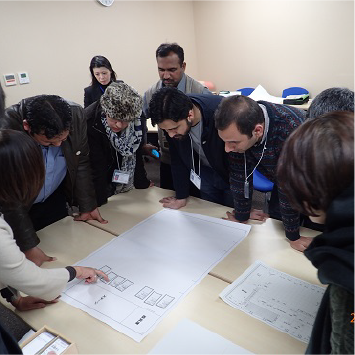
Evacuation center management game training at the School of Medicine
Acceptance of students from abroad
by JST Sakura Science Exchange Program
JST's "Japan-Asia Science Exchange Program for Youth (Sakura Science Exchange Program)" accepts trainees from the Asian region.
In terms of achievements, we have been accepting students from Taiwan, Indonesia, and Nepal for the training program with the objective of "learning risk assessment methods and disaster mitigation measures to foster resilient science leaders."
During the training, the students received lectures on the latest tsunami simulation technology and geospatial analysis technology and observed the efforts of disaster handing down facilities, local communities, and companies.
They also had a cultural exchange with our students.
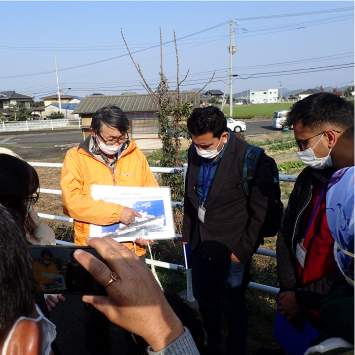
Field survey of active faults
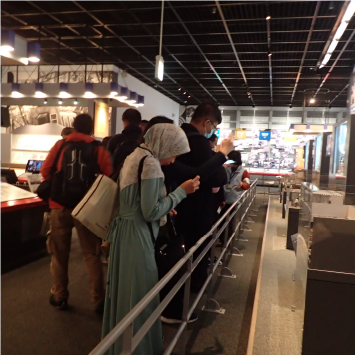
Tour of Disaster Reduction and Human Renovation Institution
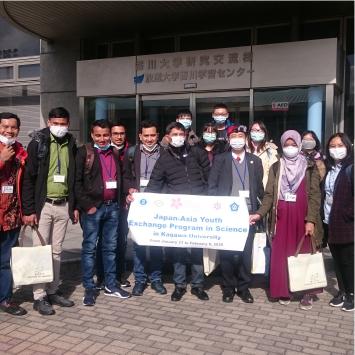
Trainees in front of the lecture hall
Institute of Education, Research and Regional Cooperation for Crisis Management Shikoku
Copyright(C) 2022 Kagawa University All Rights Reserved.